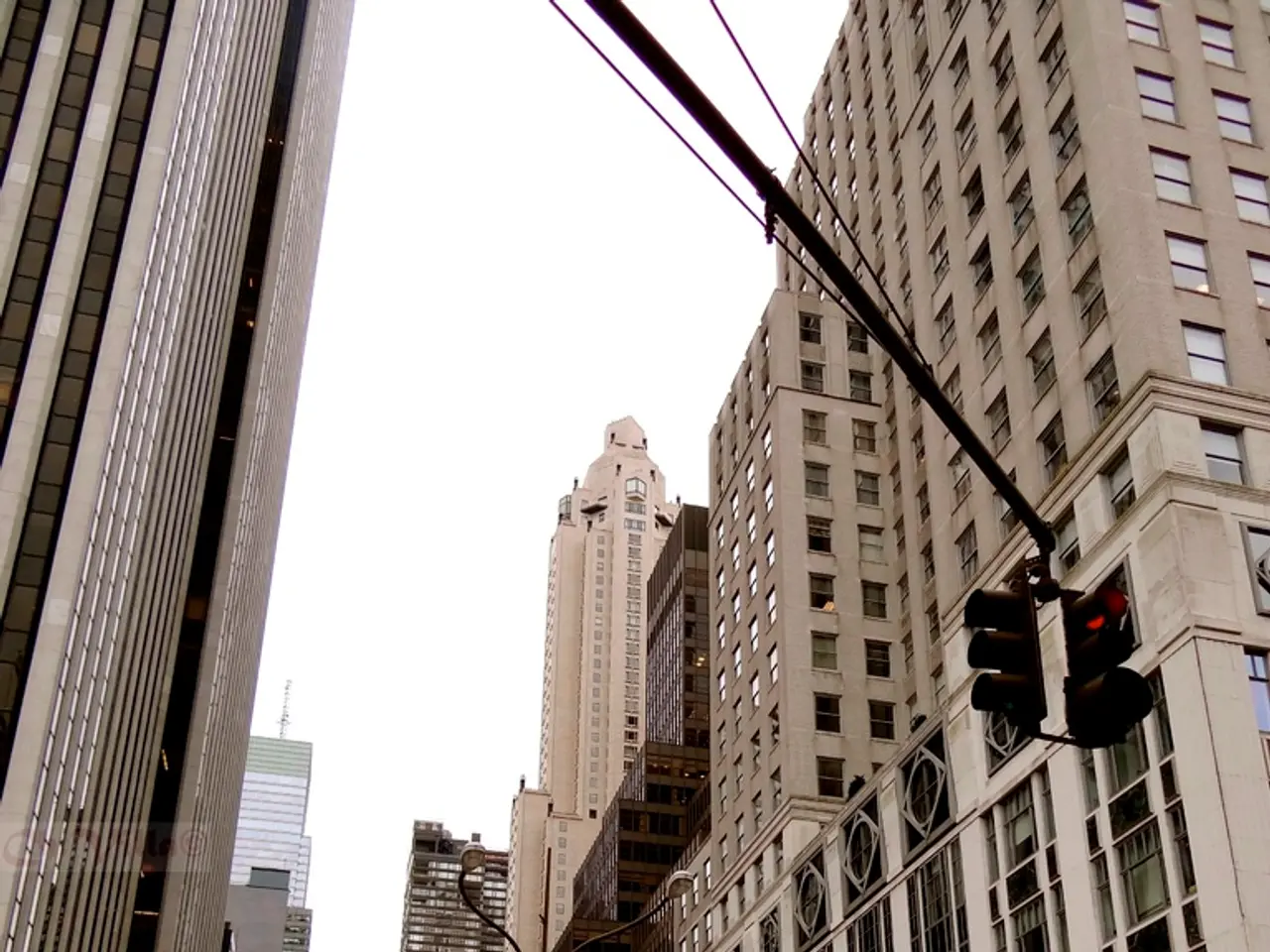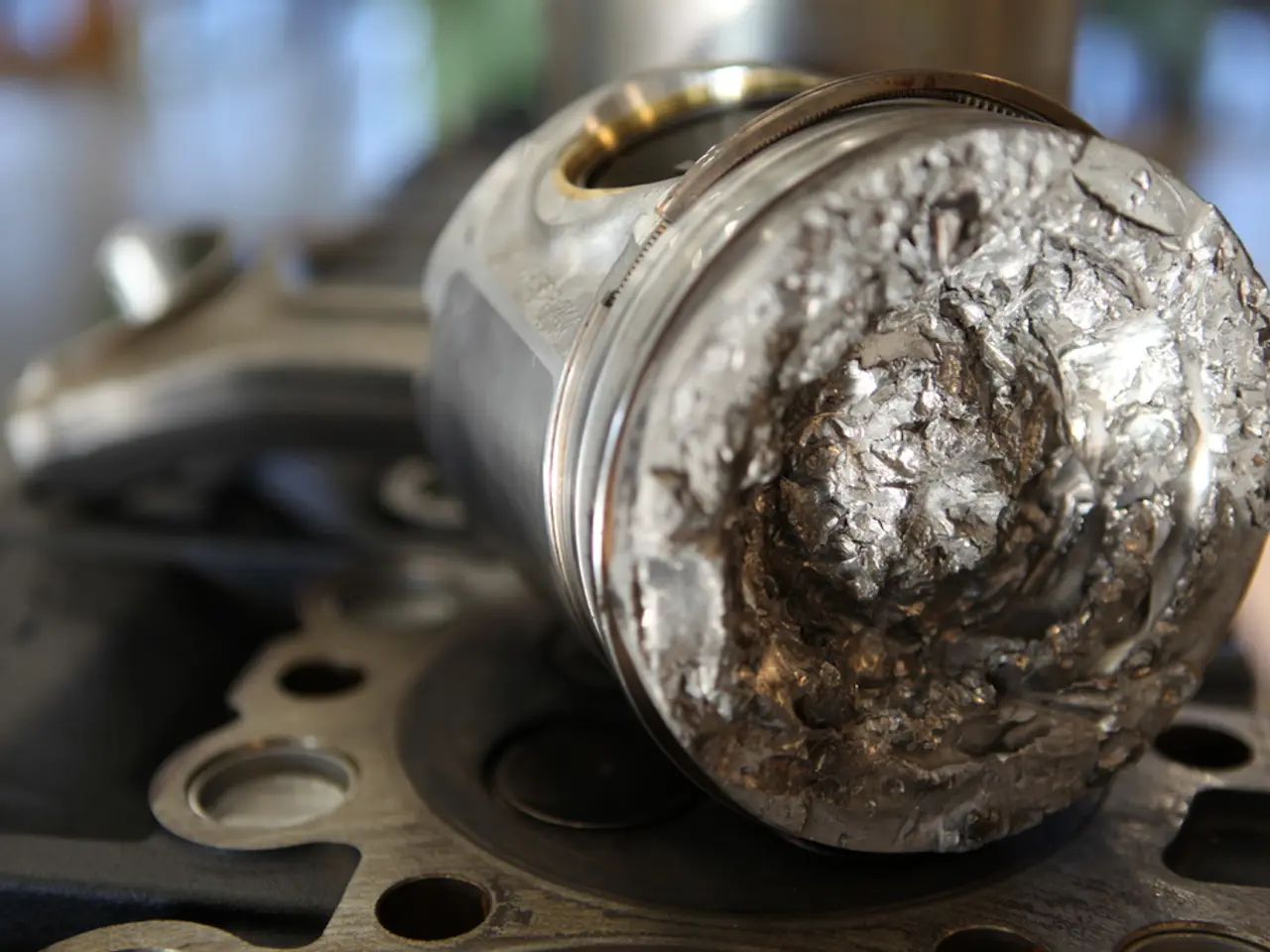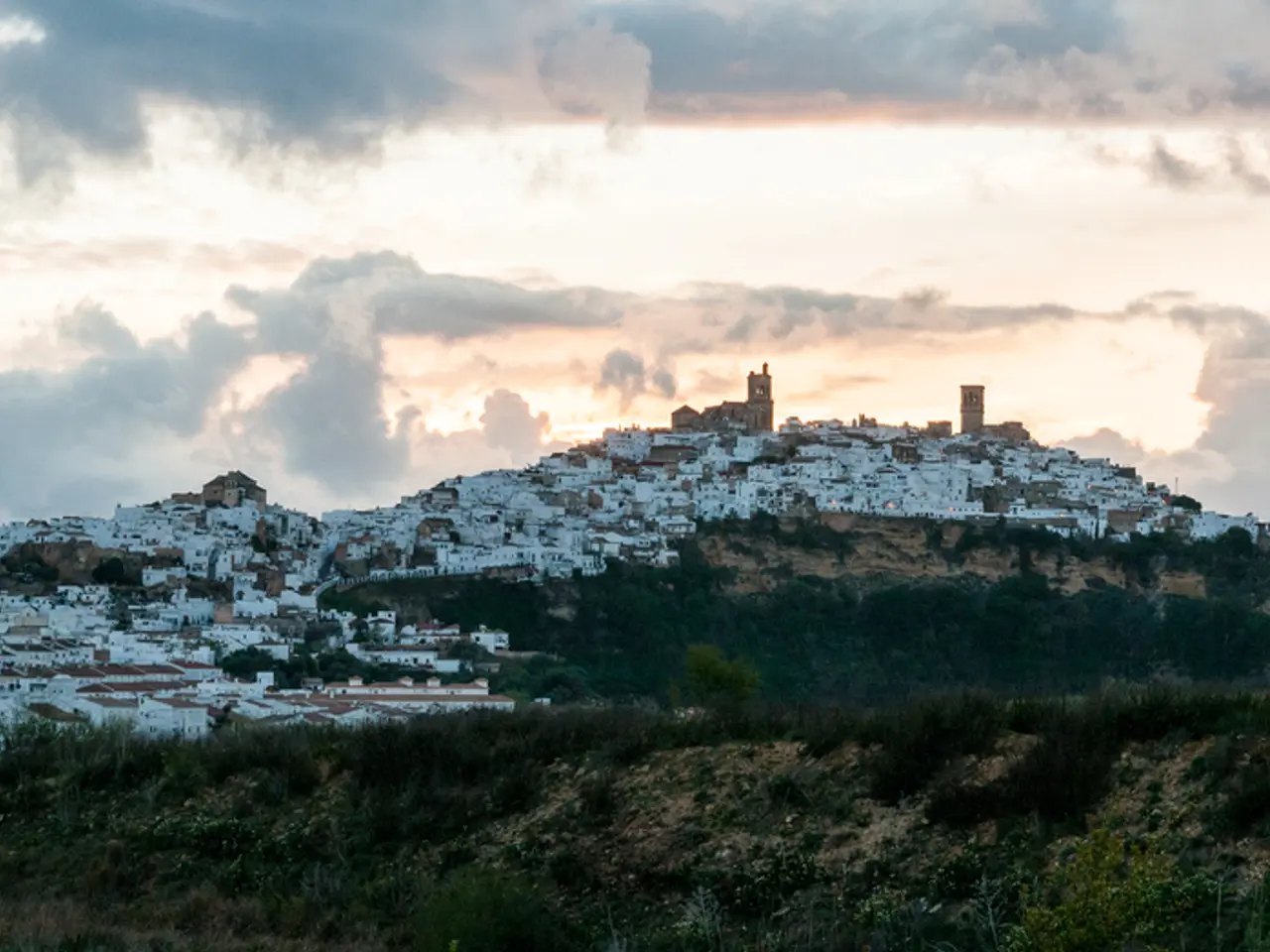"SoyuzAvto" reveals the factors leading to the crash
During the recent Ysyakh Tuymaada festival, traffic congestion at the Usu Khatin junction was a significant issue, resulting in delays and chaos for both drivers and pedestrians. The high volume of vehicles and pedestrians, lack of traffic personnel, poor signage, insufficient infrastructure, and limited use of technology were identified as key factors contributing to the traffic collapse.
Mayor Evgeny Grigoryev has announced that the authorities will take into account the feedback received from the public regarding the Usu Khatin junction, aiming to improve the situation for future events. To address these challenges, several solutions have been proposed:
1. Increasing traffic personnel deployment to manage the flow of vehicles and pedestrians more efficiently during peak festival times. 2. Enhancing traffic signage and communication, including the installation of clear, visible, and multilingual signs, public announcements, and digital boards to inform attendees of alternative routes and parking options. 3. Improving infrastructure layout by redesigning the junction to include dedicated lanes for festival traffic, better pedestrian crossings, and waiting areas to separate vehicles from foot traffic. 4. Utilizing traffic management technologies such as real-time traffic monitoring through CCTV cameras and adaptive traffic signals to dynamically adjust to congestion levels. 5. Developing a comprehensive traffic management plan in collaboration with city planners, police, event organizers, and public transport providers, incorporating pre-event traffic flow modeling, temporary road closures or diversions, and enhanced public transportation services to reduce private vehicle use. 6. Launching public awareness campaigns to educate the public about expected traffic conditions, preferred routes, safety guidelines, and public transport options ahead of the event.
Andrey Kositsky, the head of "SoyuzAuto", suggested that creating a separate lane for buses exiting Usu Khatin with priority access to the main paved road could have significantly improved the traffic situation during Ysyakh Tuymaada. Kositsky also compared the traffic situation to that on ferries, emphasizing the need for more traffic controllers to handle such events.
Last year, the traffic jam at Usu Khatin was cleared within an hour. However, this year, it lasted for four and a half hours, with the main complaints received being about the public transportation system. Kositsky believes that if the suggested measures had been implemented, the bus flow would have exited freely onto the main road, and the traffic jam from Kangalass would not have been as severe as this year's.
By implementing these measures, the traffic situation at Usu Khatin junction during Ysyakh Tuymaada and similar large-scale events can be significantly improved, ensuring safety and convenience for all participants.
The proposed solutions to address traffic congestion at the Usu Khatan junction during events, as suggested by Mayor Evgeny Grigoryev and Andrey Kositsky, include recruiting more traffic personnel, enhancing traffic signage, improving infrastructure layout, utilizing traffic management technologies, collaborating with city planners and public transport providers, launching public awareness campaigns, and giving priority access to buses at the junction. These measures, if implemented, could potentially foster a more efficient and smoother traffic flow within the industry of transportation, ultimately benefiting finance through reduced inconvenience and chaos for drivers and pedestrians, particularly during large-scale events like Ysyakh Tuymaada.




